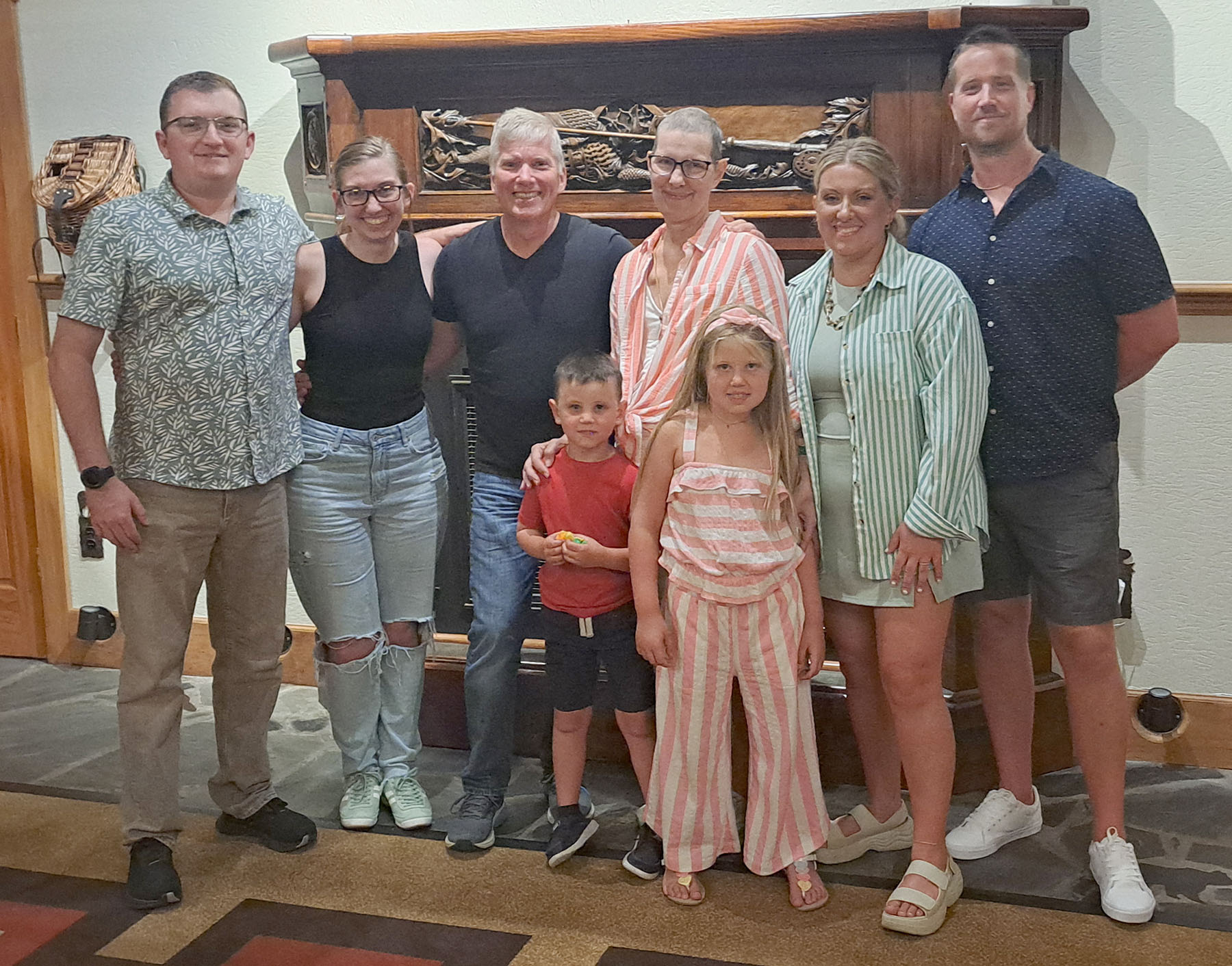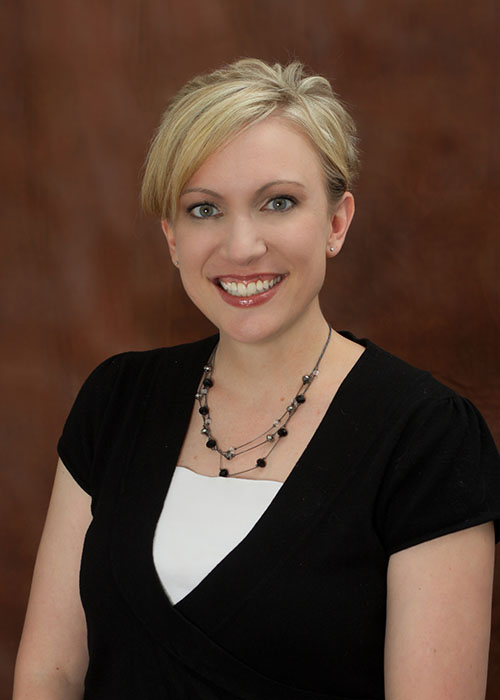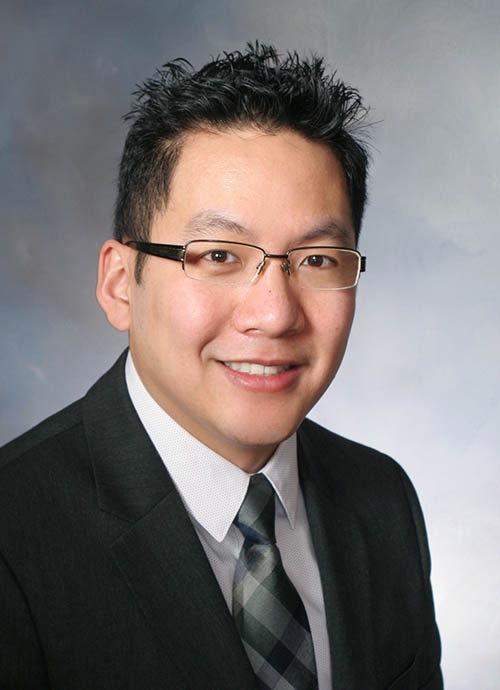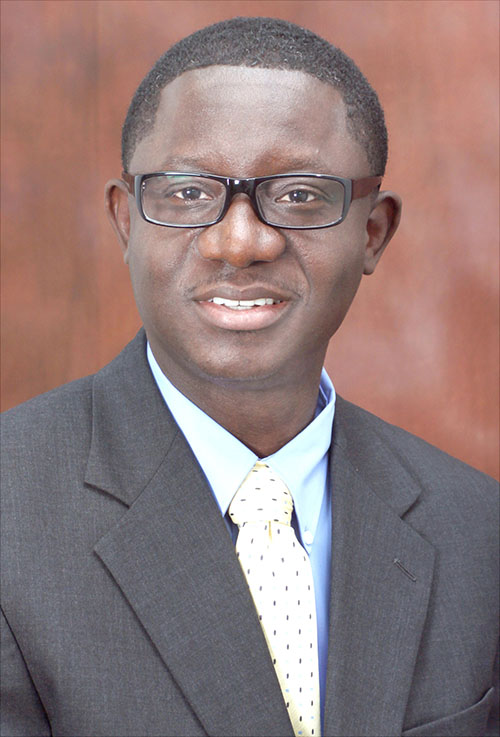
Pam Richard is a self-described “health hippy.” She swims, exercises with a fitness coach and watches what she eats.
“I never thought I would be the 1-in-8,” the 60-year-old wife, mother and grandmother said. The phrase 1-in-8 refers to the lifetime risk of a woman being diagnosed with breast cancer. “I felt like the healthiest sick person ever.”
“The morning I felt it, everything changed in an instant,” she continued. “It” was a strawberry-sized lump in her chest. At that moment, Pam could not have realized just how much her life and world would change and how fast.
“Within 48 hours I had seen my primary care provider, undergone mammograms, ultrasounds, and biopsies from which my Triple Negative Stage 2 breast cancer was revealed,” she explained.
Triple Negative Breast Cancer (TNBC) is a type of tumor whose growth is not fed by the three common growth drivers associated with breast cancer. TNBC is often more aggressive and faster growing, with a higher risk of returning after treatment. Out of 100 people with breast cancer about 15 will have TNBC.
In addition, genetic testing revealed Pam carried the BRCA2 gene mutation. More than 60% of women with the BRCA2 mutation will develop breast cancer during their lifetime, compared to about 13% of women in the general population. Additionally, 13-to-29% of women with the BRCA2 mutation will develop ovarian cancer.
The hardest decision of her life
The self-described health hippie wished she would have had the time to research natural treatments for her condition.
“Because of the suspected aggressiveness of the tumor, I had to let myself quickly process the risk factors of the conventional medicine I had seen work for some acquaintances, versus the time it might take to research and find natural treatments,” Pam said. “I chose to place my trust in the Blessing Cancer Center team.”
A woman of deep faith, Pam formed a prayer group of family and friends with whom she would communicate daily, adopted the motto “No Pity/Just Prayer,” and began the journey to what she called her “new self.”
“The wheels started into motion like a finely oiled clock,” Pam described. “I was assigned a nurse navigator (Jessica Nuebel) who, incidentally, is an 8-year survivor of the same diagnosis, which gave me added hope. Jessica became my liaison, lifting my burden of scheduling scans and care appointments. She attended weekly meetings with the care team on my behalf as they followed my progress, taking notes for me at a time when my head was swimming with the shock of the diagnosis, the unknown, and the rollercoaster of emotions that accompany such a journey.”

Other members of Pam’s care team were primary care provider Becky Reed, nurse practitioner, medical oncologist Daniel Koh, MD, and surgeon Emmanuel Bessay, MD.
Treatment begins
As is common in the case of TNBC, the first step was 16 chemotherapy treatments to see to what Pam’s tumor would react, in case the cancer recurred.
That was followed by surgery. Pam opted for a double mastectomy on June 25, 2025, to reduce her risk for breast cancer recurrence. She chose not to undergo reconstructive surgery. Pam did not want the additional surgeries reconstruction would require, the possible complications, and the longer recovery time.
The results were stunning. After chemotherapy and surgery, Pam’s tissue and lymph nodes showed no signs of the disease.
“On the day I received my ‘complete response’ pathology report I felt the most overwhelming gratitude to God and my care team I have ever experienced in my lifetime,” she declared.

The next step
Pam’s journey isn’t over. Because the BRCA2 gene mutation carries an increased risk for ovarian cancer, she is working with a new member of her care team, obstetrician/gynecologist Ivan Trinh, MD, to undergo a hysterectomy.
Pam will also be on immunotherapy for several more months to boost her immune system and help it to more effectively fight cancer cells in the future.
All the while Pam continues to follow the plan that has helped her to remain positive for the past year - taking one step at a time and looking back on each day to appreciate all that has been accomplished.

“Today, I am grateful for a complete response and no sign of disease. My faith brought me through, mentally and spiritually, and my team brought me through physically and emotionally. Jessica was always available with great advice. Dr. Koh and his nurses explained each step with genuine care. And Dr. Bessay listened with kindness to my concerns and explained my options thoroughly while respecting my decisions.”
“I have a level of gratitude I never knew existed and hope to pay it forward by boosting others through their battle,” Pam concluded. “I embrace the future with a new outlook and from a new perspective, looking for each new blessing with thankfulness and gratitude.”
For more information on breast cancer care from Blessing Health System, visit blessinghealth.org/treatments/breast-cancer.
Pam’s husband is a nurse at Blessing Hospital.
